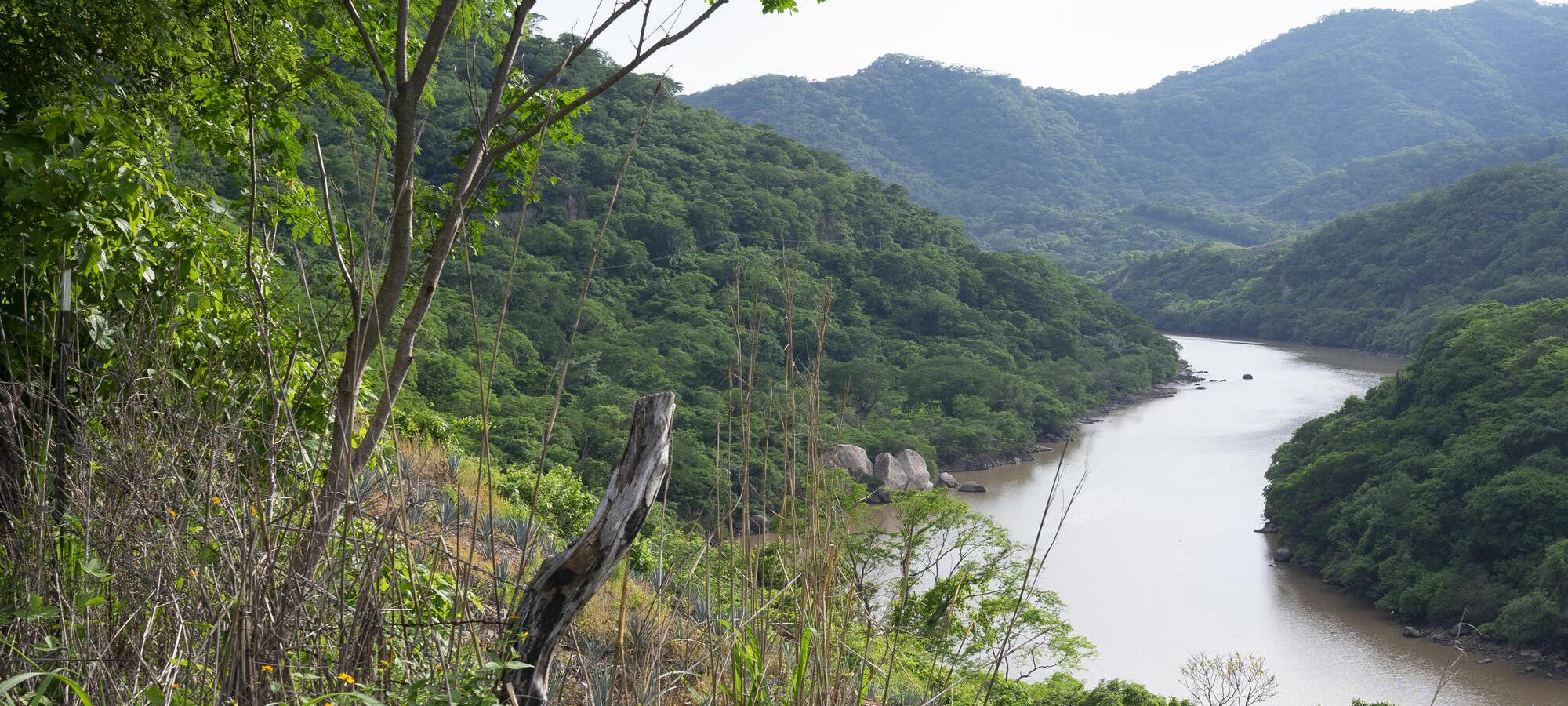Among the Wixaritari, the house has symbolic implications. The simplest way to refer to the house is through the word ki and from this other words are derived whose meaning is linked to the house, the central axis of your life. For example, the word kie refers to the ranch or the place where the house is and the word kiekari can well be understood as 'ranchería' or the universe. The buildings of the kie or ranch, where a family lives, are distributed around a patio: a kitchen and a series of rooms, which are generally rectangular constructions with a door and walls of adobe or stone and mud; a small shrine called xiriki (its plural is xirikite); and somewhere close to the main house is the cart (kareta), which is a stilt construction that serves as a warehouse. Family rituals take place in this courtyard. The word ki is also related to tuki, the circular communal temple, and to tukipa, where ceremonies are held and the place where the tuki is located. Like the kie, the tukipa is made up of a set of architectural structures grouped around a patio, in the center of which a sculpture of the god of fire, Tatewari, has been buried, and that is where the bonfire is placed.
Like many peoples, the Wixaritari maintain the history of their past and their worldview in their myths. These myths survive in the memory and collective orality of the people. In some of them the existence of five sacred points that make up the Wixárika universe is indicated, and that were marked by the ancestors at the time of creation. The names of the sacred places referred to are: Haramara, in San Blas, Nayarit (west), Hauxamanaká, Cerro Gordo, in Durango (north), Xapawiyemeta, in Lake Chapala, Jalisco (south), Wirikuta , near Real de Catorce, in San Luis Potosí (east) and Te'akata, in the heart of the Jalisco mountains, where the center of the Wixárika universe is located.

